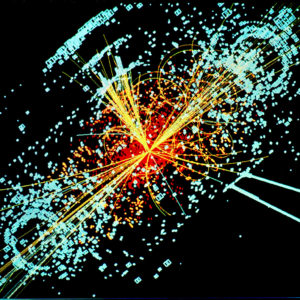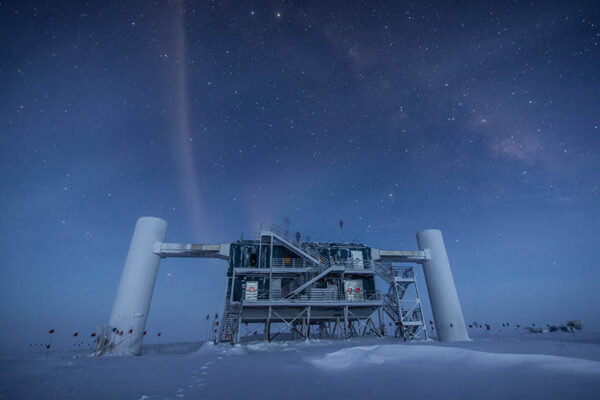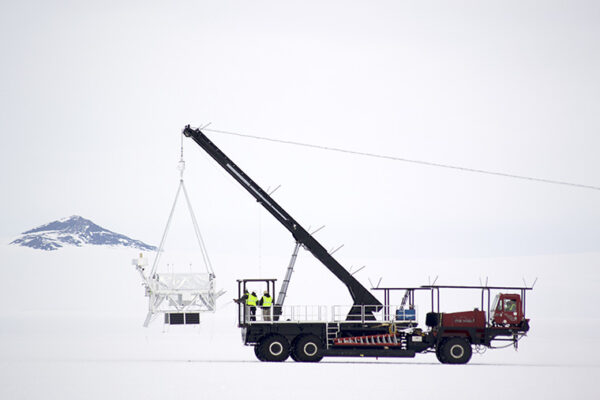
Particle accelerators are powerful devices that use electromagnetic fields to propel charged particles like electrons or protons at speeds close to the speed of light, then smash them head-on. What happens in a blink of an eye during these high-speed collisions can tell us about some of the fundamental secrets of nature.
In a new paper in the June 1 issue of the journal Physical Review Letters, Bhupal Dev, assistant professor of physics in Arts & Sciences at Washington University in St. Louis, describes how future accelerators could crash together charged particles in a new way to shed light on their behavior.
Theorists like Dev are working to outline the big ideas that will shape the experimental approach for next-generation colliders, such as the International Linear Collider, to be built in Japan, or the Circular Electron-Positron Collider, proposed in China.
Dev, who wrote the paper with postdoctoral fellow Yongchao Zhang from Washington University and Rabi Mohapatra from the University of Maryland, is looking for a clear signal of something beyond the Standard Model of particle physics.

“There is strong experimental evidence that there is indeed some new physics lurking in the lepton sector,” Dev said.
He and his collaborators believe a new collider built to crash together point-like, charged particles called leptons, which have no internal structure, is the best bet for finding this new physics.
This approach is different from the one employed at today’s most famous particle accelerator — the Large Hadron Collider (LHC). Built by the European Organization for Nuclear Research, or CERN, researchers used the LHC to discover the Higgs boson, the particle that supposedly gives mass to all elementary particles.
But there are profound questions that the LHC is not ideally suited to answer.
Dev’s new work on lepton colliders was initially motivated by the phenomenon of neutrino oscillations. Neutrinos are the electrically neutral counterpart of the charged leptons, and they have been observed to change from one species to another in a quantum-mechanical way. This suggests a tiny, but non-zero, mass for neutrinos.
“Ever since we directly observed neutrino oscillations, researchers have been trying to see the equivalent effect in the charged siblings of neutrinos, such as muons transforming into electrons,” Dev said.
This would give a better understanding of the neutrino mass generation, which is difficult to explain by the same Higgs mechanism as for other elementary particles.
But so far, searches for such rare processes have been confined to energies much lower than those expected on the new physics scale.
In their new paper, Dev and colleagues propose how to search for the evidence of lepton “flavor violation”— the moment of transformation of charged particles into other types of charged particles — at the high energy frontier, using the new colliders. In the Standard Model, these effects are known to be negligible. Therefore, any positive signal would be a sign of new physics.
In particular, they suggest one possibility that arises due to the presence of a new type of Higgs boson that might be responsible for the tiny neutrino masses.


